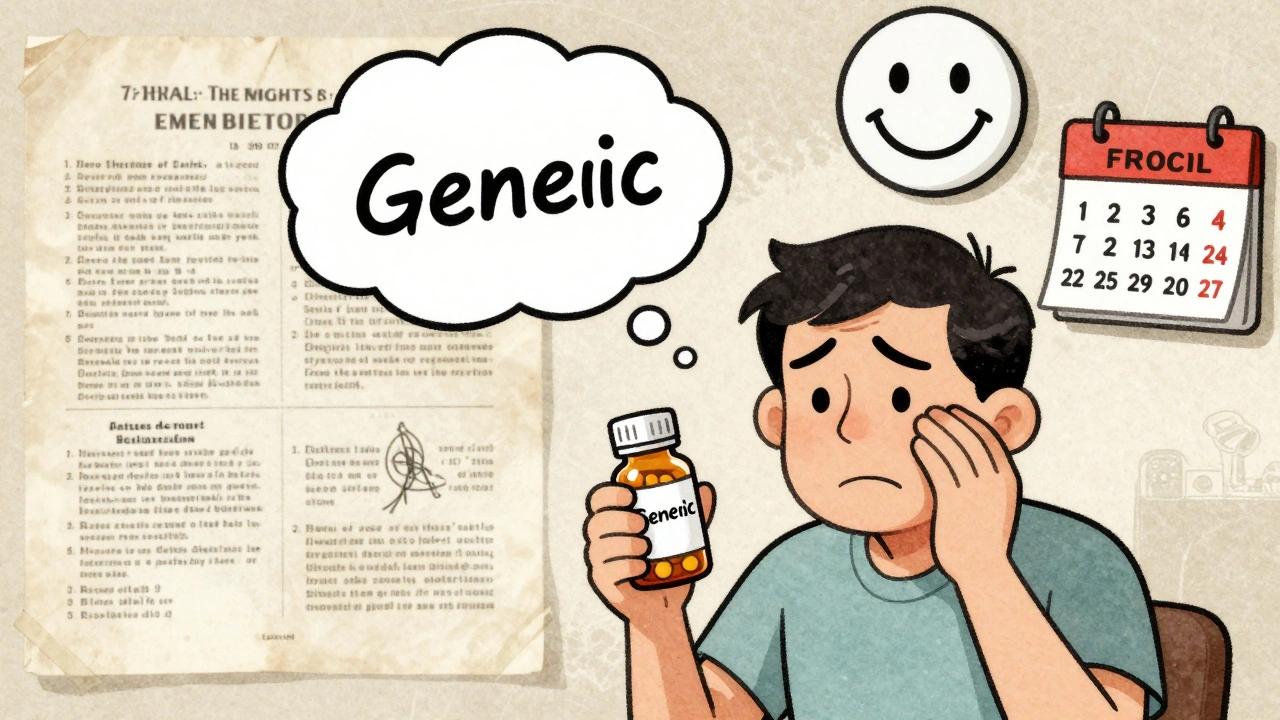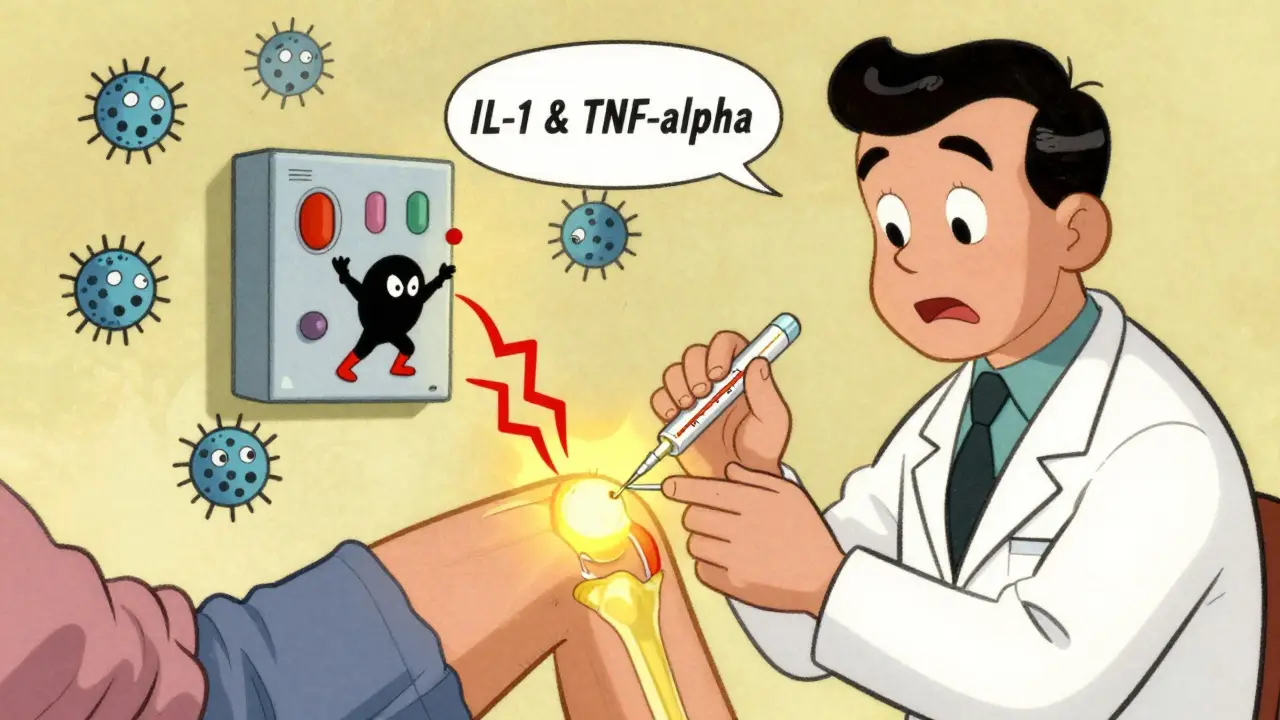First-Line TB Drugs: Essential Guides and Comparisons
When dealing with first-line TB drugs, the medicines that form the backbone of standard tuberculosis therapy. Also known as initial anti‑TB regimen, they are the first set of antibiotics prescribed to cure active TB and prevent drug resistance.
These drugs include Isoniazid, a bactericidal agent that targets the synthesis of mycolic acids in the TB cell wall, Rifampicin, a potent rifamycin that blocks RNA polymerase, halting bacterial replication, Ethambutol, a drug that interferes with cell wall formation, reducing bacterial spread, and Pyrazinamide, an acid‑active agent that works best in the acidic environments of TB lesions. Together they form the classic 2HRZE/4HR regimen used worldwide.
Why Knowing First-Line TB Drugs Matters
The success of TB control programs hinges on three facts: (1) first-line TB drugs are highly effective when taken correctly; (2) incomplete or irregular use fuels multidrug‑resistant TB (MDR‑TB); (3) the global DOTS (Directly Observed Treatment, Short‑course) strategy relies on these medicines to achieve cure rates above 85%.
In practice, the regimen requires a two‑month intensive phase (Isoniazid, Rifampicin, Ethambutol, Pyrazinamide) followed by a four‑month continuation phase (Isoniazid, Rifampicin). This structure encompasses the four core agents and requires strict adherence to prevent resistance. When resistance does emerge, clinicians must shift to second‑line drugs, which are costlier and have more side effects.
Understanding each drug’s role helps patients and providers spot side effects early. Isoniazid can cause peripheral neuropathy, so vitamin B6 supplementation is often advised. Rifampicin may turn urine orange and interact with many other meds, while Ethambutol can affect vision, prompting baseline and follow‑up eye exams. Pyrazinamide is notorious for liver stress, so liver function monitoring is standard.
Beyond side effects, the drugs differ in pharmacokinetics. Rifampicin induces liver enzymes, lowering the levels of drugs like oral contraceptives. Isoniazid is metabolized slower in slow acetylators, increasing toxicity risk. These nuances influence dosing schedules and patient counseling, especially in populations with high HIV co‑infection rates.
Healthcare workers also need to know how the regimen fits into broader public‑health tools. For example, the WHO’s End TB Strategy emphasizes rapid molecular testing (like GeneXpert) to confirm susceptibility before starting the first‑line combo. Early detection of rifampicin resistance triggers a switch to MDR‑TB protocols, preserving the effectiveness of the standard regimen for the majority.
When you combine the regimen with supportive measures—nutrition, smoking cessation, and managing comorbidities—the cure odds soar. This holistic view connects drug therapy with patient education, socioeconomic support, and community monitoring, all pillars of the DOTS framework.
Below you’ll find a curated set of articles that dive deeper into related topics: from antibiotic comparisons and side‑effect management to strategies for preventing resistance. Whether you’re a patient, caregiver, or health professional, the resources will give you actionable insights on using first‑line TB drugs effectively and safely.
Ethambutol vs. Other TB Drugs: A Practical Comparison
A detailed comparison of Ethambutol with other TB drugs, covering mechanisms, side effects, cost, pregnancy safety, and when to choose alternatives.





